Water Conservation Tips
Water Conservation Tips
The water you use is a carefully manufactured product – clean, safe, and piped directly into your home – a valuable resource that shouldn't be wasted. Household water conservation not only saves water, but it also saves energy, too; the energy needed to heat water and to run appliances. The bathroom is where you can make the most substantial reduction in your personal water use. Two-thirds of the water used in an average home is used in the bathroom. Much of that water may be going to the sewer needlessly, adding to the volume of sewage and putting an extra burden on treatment plants.

Toilets
Every time a toilet is flushed, about seven gallons of water goes into the sewer. There are two ways to cut down here--first, don't use the toilet for things it was not meant for; and second, reduce the water per flush. Toilets should not be used as trash cans to flush away tissues, gum wrappers, cigarette butts, spiders, diapers, or anything else that ought to go in a wastebasket or garbage can. All of us do it at one time or another, but the use of the toilet as a wastebasket is just a phenomenal waste of water.
Imagine pouring three two-gallon buckets of water on a bitty spider or piece of tissue. Ridiculous! Most toilets use more water than is really necessary and work just as well with less. So you can put a brick in the tank to displace some of the water--right? Wrong! The extra weight might crack your tank. Besides, the bricks may begin to disintegrate after a while, causing serious and expensive problems in the plumbing.
Use a plastic soap laundry bottle instead. It's safe, easy, and inexpensive. Fill a few bottles with water to weigh them and put them in the tank. CAUTION: Don't put the bottles where they'll jam the flushing mechanism. And be sure you don't displace so much water that you have to double-flush to get the thing to work.
Double flushing wastes more than you save. Toilets are notorious for their hidden leaks. They can waste hundreds of gallons a day undetected. Leaks occur when the toilet is out of adjustment or when parts are worn, so it's important to check it periodically. It's not hard or complicated. Most toilet leaks are at the overflow pipe or the plunger ball.
If it's at the overflow, the water level is usually too high, although the overflow pipe sometimes may leak below the waterline. Gently bend the arm until the valve shuts off the water about a half-inch below the top of the overflow pipe. Sometimes the valve is worn and will run like a leaky faucet and must be replaced. If you're an experienced "do-it-yourselfer," you can do the job. Otherwise, call a plumber. Plunger ball leaks aren't as easy to spot. The best way to check is by dropping a little food coloring into a tankful of clear water and waiting to see if the color shows up in the bowl. If it does, you probably have a leak at the plunger ball, either because the ball needs replacing or because the mechanism is out of alignment. This is a relatively simple repair for a "do-it-yourselfer."
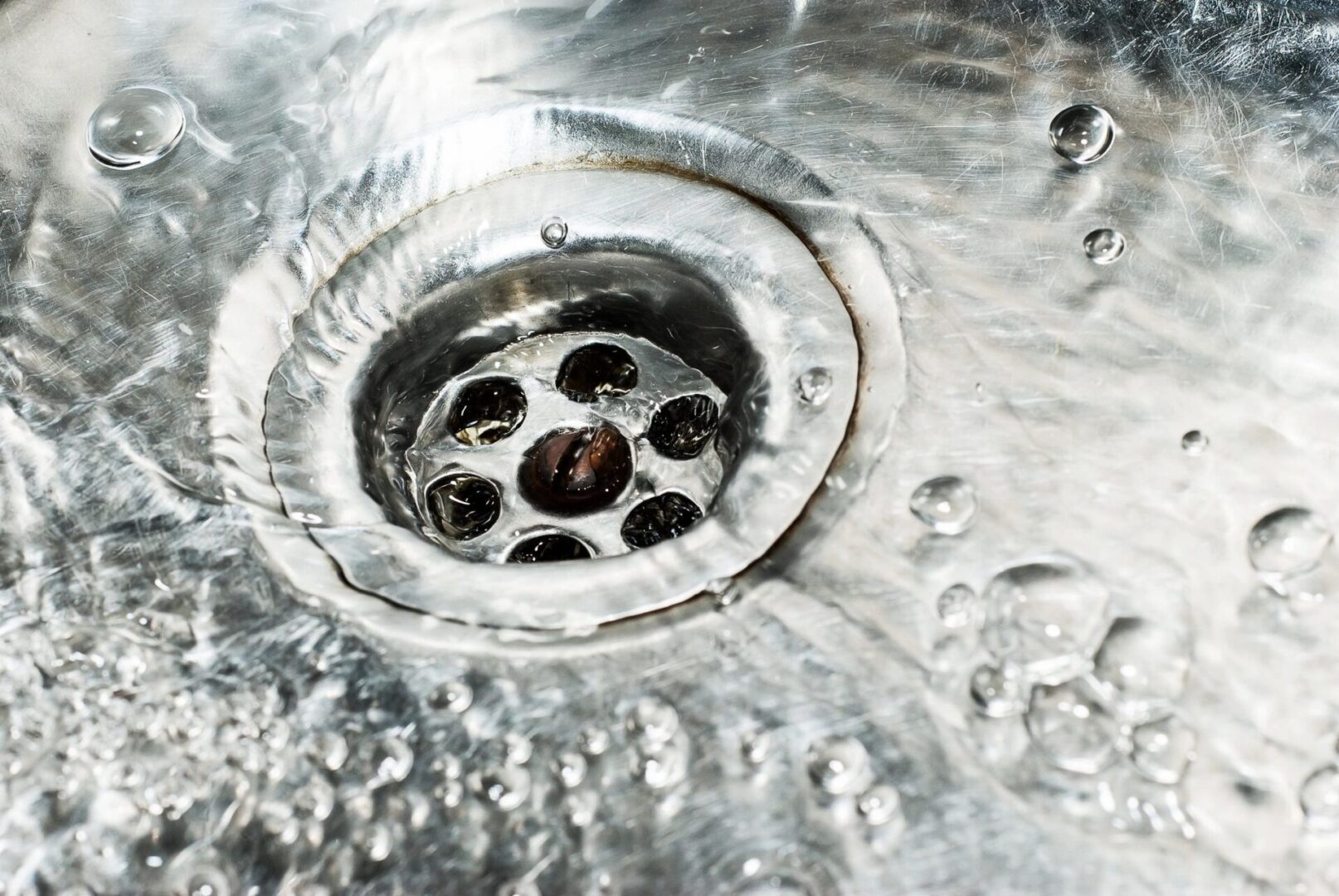
Kitchen
Don't leave the water running. Run as much as you need, then turn off the tap until you need some more. Water running unused goes straight down the drain. It adds up to a whole lot of wasted water. Automatic dishwashers claim the most water in kitchens, about 12 gallons per run. The secret here is to make sure the washer is fully loaded before you turn it on because it's going to take that 12 gallons whether there's a dinner full of dishes or just a couple of cups.
Don't bother rinsing the dishes in the sink before you put them in the dishwasher. Scrape them clean and let the machine do the rest. Are you the dishwasher in your household? Remember not to wash them with the water running. A sinkful of wash water and one of the rinse water will do the job just as well. Don't let the faucet run when you scrub vegetables or prepare other foods, either. Put a stopper in the sink instead. And for a cold drink of water, don't stand there letting it run endlessly. Store a jug of ice water in the refrigerator.
Showers
People used to think showers were less wasteful than tub baths, period. That failed to take into consideration the fact that many of us spend 10 to 20 minutes or more in the shower. Since most showers pour out between 5 and 10 gallons per minute, that can add up in a hurry. There's no hard and fast rule. It's more a matter of self-control. A partially filled tub uses far less water than a full tub. Time yourself next time you step under the spray. the odds are you really don't need to stand there that long, nor do you need the shower running at full, hot blast.


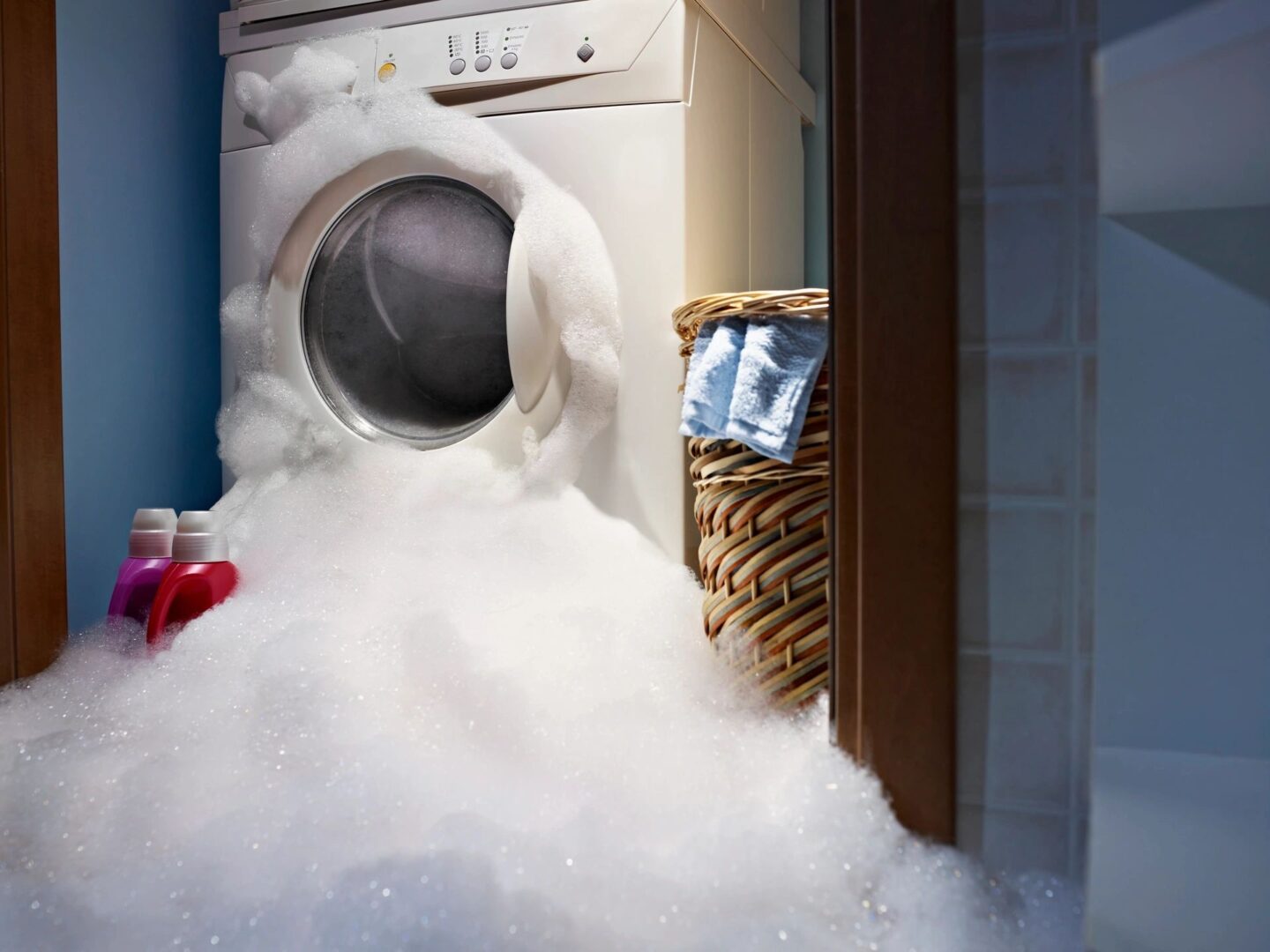
Laundry
Many washing machines use 40 or more gallons of water per load whether you have them stuffed full or with only a couple of socks. Save up for a full load and make your water work efficiently. Or remember to set your machine for a lesser load if it can be adjusted. As with the dishwasher, you save energy and electricity, as well as water. For hand laundering put a stopper in the washtub for both wash and rinse. Don't let the faucet run.
Leaks
A little leak loses lots! Just a slow drip can add up to 15 or 20 gallons a day, while a 1/16-inch faucet leak wastes 100 gallons in 24 hours! Most leaks, aside from toilets, are in faucets and are most commonly caused by worn washers. Check all the faucets in the house once or twice a year. If any of them drip after you've turned them off firmly, turn off the supply line, take the faucet apart and replace the washer. Usually, it's not hard, although some faucet designs do present a challenge. Any good household "do-it-yourself" book offers easy-to-understand advice if you need it. It's important to get the size right.
The washer has to fit inside a sort of cup on the valve stem and spread out to the edges when it's screwed down. If the drip is still there when you're done, you may have something else wrong. Get in touch with a plumber. If the leak is in one of those faucets with a single lever or "joystick" to control both hot and cold, the disassembly and repair is still relatively simple, but entirely different from the valve stem-and-washer type. A good hardware or plumbing supply store will have necessary replacement parts and can probably direct you to a good instruction source, too, if you need it.
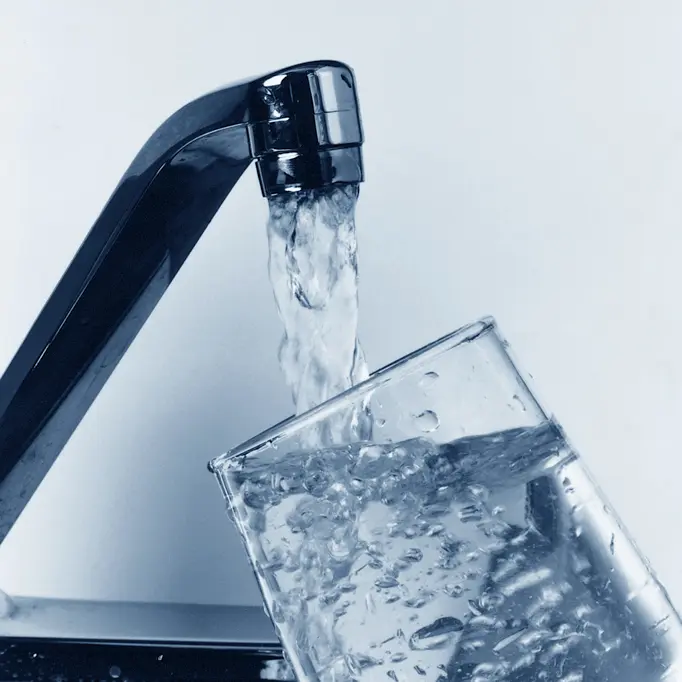
Shutoff Valves and Emergencies
Water heaters have been known to blow out and pipes have been known to burst. Occasionally, a faucet decides to become a fountain. When this sort of thing happens, you'll know to know how to turn everything off. Either that or lay in a supply of wading boots. Most sinks, washbasins, and toilets in the house have shutoff valves below them that cut off water to that particular fixture. The hot-water heater also has a shutoff valve to cut off hot water from the whole house.
Unfortunately, most of us don't have shutoffs for bathtubs and showers, because the plumbing is usually behind the wall. Check your house now and identify all of those shutoff valves; see if they work. Most importantly, check for the main shutoff valve that turns off the whole house. It's usually located where the water pipe comes into the house. Check to see if you have one that works. If you don't, or it doesn't, ask a plumber to stop by and correct the situation.
Water-saving Devices
Many different kinds of water-saving devices and fixtures are on the market, ranging from special reduced-flow showerheads to water-thrifty, shallow-trap toilets. A variety of shower head adapters is available to reduce water flow, although a little self-control in not turning faucets on full blast does just about as well at no cost at all. See a good plumbing supply or hardware store for advice, particularly when it's time to replace an old fixture in the house. Try to get one that doesn't use as much water.
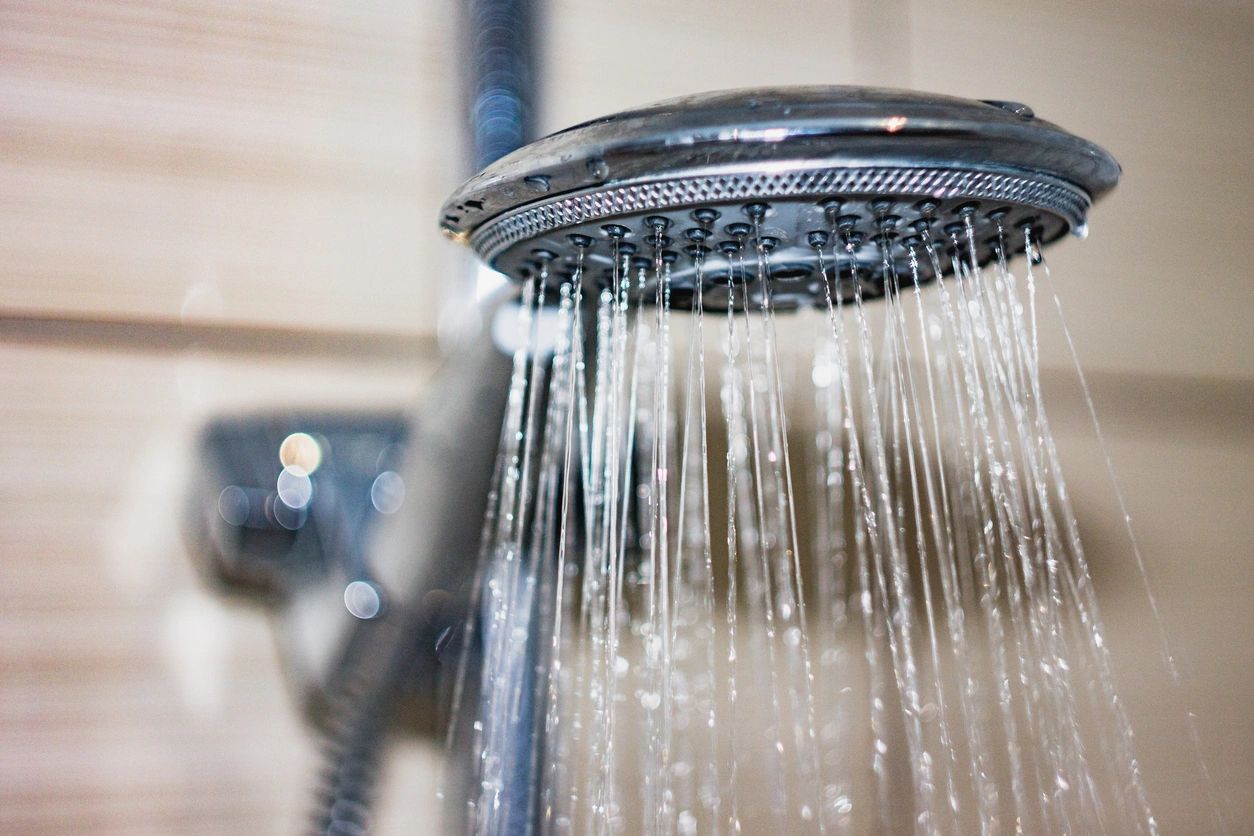


The Great Outdoors
States that enjoy warm weather during most of the year often find half, or more, of the water, piped into homes goes right back out through hoses onto lawns and gardens. Northern states find the same in the summer months. It's a fact of life that when more water is used outside, more is wasted there. But you don't have to let your lawn turn brown or the car turns dusty to conserve water. Use common sense instead. The basic principle of lawn and garden watering is not to give them more than they need. Don't follow a fixed schedule. Water when the grass or plants show signs of needing it. During a cool or cloudy spell, you don't need to water as often. Heat and wind will rob your lawn of water before they can use it.
Avoid watering on windy days and you'll avoid having most of the water go where you don't want it. Water in the cool of the day, both to avoid excess evaporation and the chance of harming the lawn. Weeds are water thieves, too, so keep the garden free of them. Let water sink in slowly. Lots of water applied fast mostly runs off into gutters. Also, if you let the water sink deep, the lawn will develop deeper roots and won't need watering as often, as well as being more resistant to disease and wear. A kitchen timer is a handy reminder for turning off sprinklers. And make sure when the sprinklers are on that they cover just the lawn or garden, not sidewalks, driveways, and gutters.
Other Outdoor Use
Your garden house can pour out 600 gallons or more in only a few hours. Remember that when you leave the sprinkler running all day or leave the house unattended. Thousands of gallons can be lost in a very short time. When washing the car, use a bucket for soapy water and use the hose only for rinsing. Running water in the driveway won't get the car any cleaner. Another water waster is using the hose to sweep away leaves. Use a rake and broom to clean up sidewalks, driveways, and gutters.
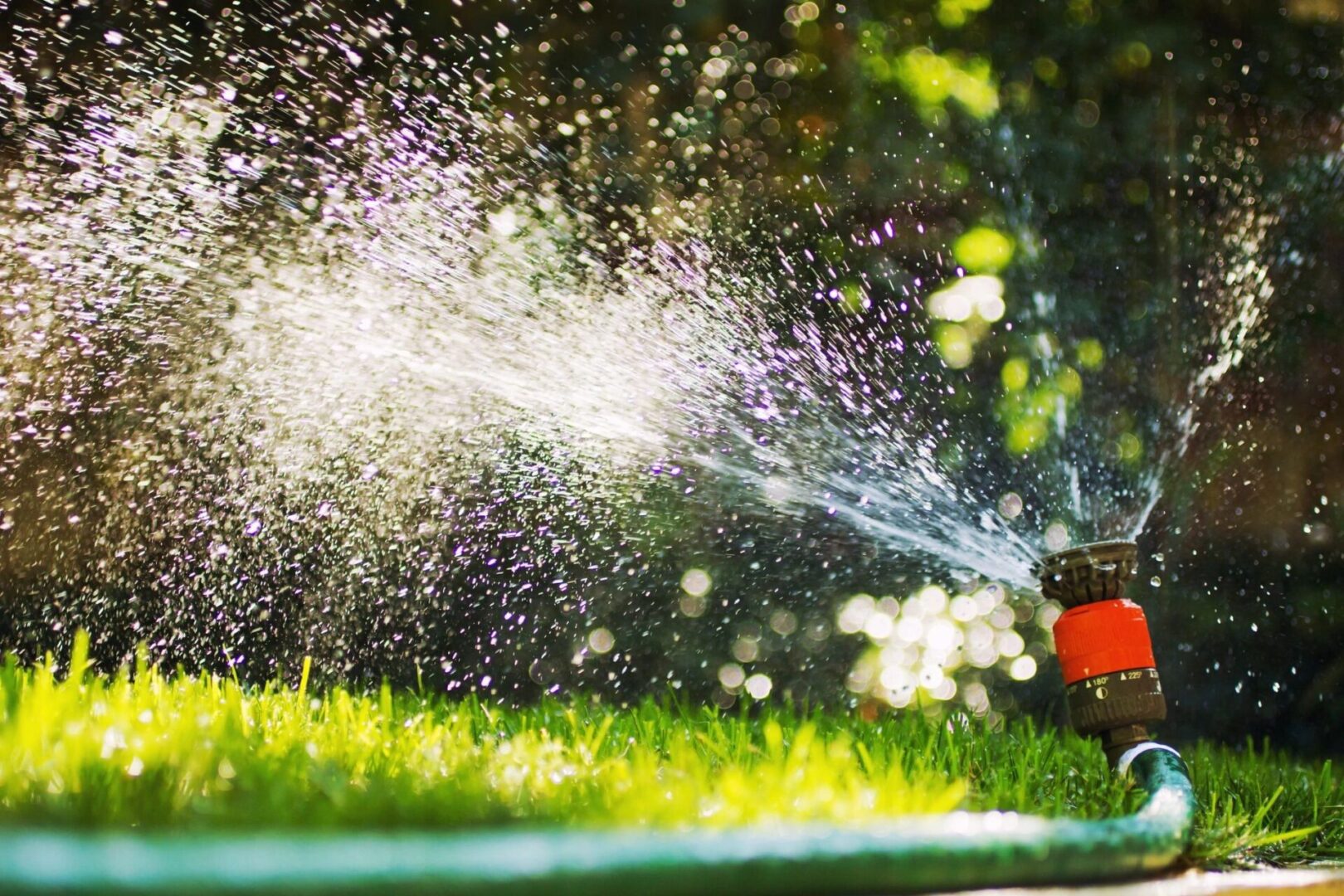

Meet Your Meter
Your water meter is the best detective in the home. It can tell whether you have sizable leaks, as well as how much water various appliances are using. All you have to do is learn its language. Most meters record gallons just as your car's odometer records mileage. However, some show cubic feet of water used. For these, you can multiply the figure shown by 7.5, the approximate number of gallons in one cubic foot. Note that these meters are never reset. To find out how much water you've used in any given period, just subtract the number of gallons used on your last bill from the current meter reading. Some meters come in a circular-reading style. No problem. Read each dial, in turn, to find the total. If the pointer is between two figures, read the lower number.
Now, go do some checking:
